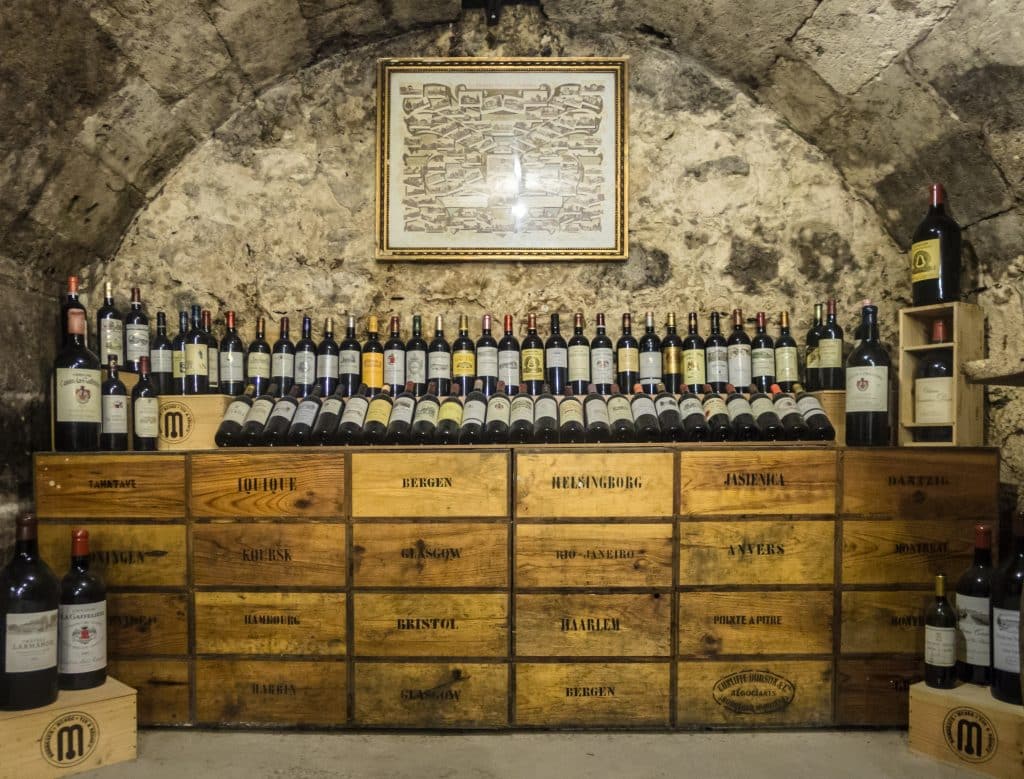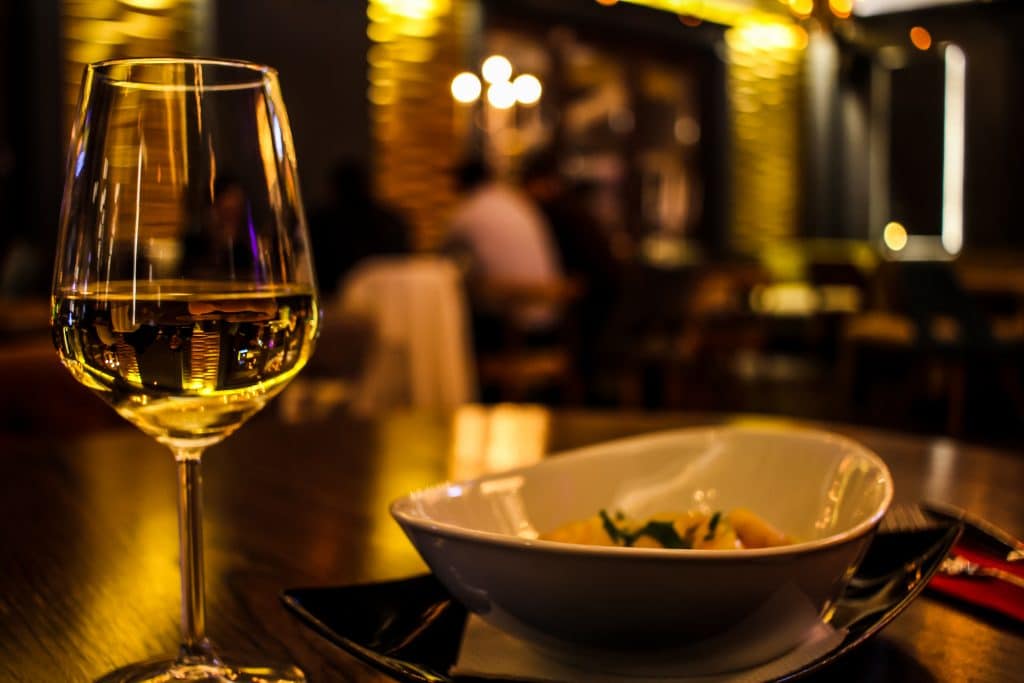That wine improves with age is a cliché but nonetheless one that often is true. Like collectibles such as luxury watches, a cellar of fine wines can be an innovative and enjoyable way of diversifying an investment portfolio. The fine wine market is dynamic and comprises vintages valued at a thousand Euros a bottle as well as exclusive vintages going for 500,000 dollars at auctions. Where the line between a bottle that is meant to be tasted and one that is purely an investment goes is a question for each individual collector but it may safely be assumed that the Asian collector who paid 558,000 dollars for two bottles of Romanée-Conti in 2018[1] will not be drinking them.
With the London International Vintners Exchange/Liv-Ex having been in operation for over 20 years, the fine wine trade is better coordinated than ever before and for those with the funds and the know-how there are good returns to be made. For those who are not professional wine traders, other options such as buying through wholesalers or retailers with access to Liv-Ex are available – the advantages and disadvantages of each will be discussed below.

As with any unregulated trade, there are ample opportunities for being sold the wrong wine or, more likely, a good wine at the wrong price. Historically, wines from the Bordeaux region and to a smaller extent Burgundy have been considered the best investments among wine collectors and traders and while a Bordeaux-harvested wine still promises excellent returns, the price tags have made traders look to other regions to diversify their investments. While only professional retailers and traders can trade on Liv-Ex, everybody can access the index and market data. There are regional indices such as Liv-Ex Bordeaux 500, Burgundy 150, Champagne 50 and major indices – the main ones being the Liv-Ex Fine Wine 100 and Liv-Ex Fine Wine 1000. On the 100 index, comprising the 100 most valuable wines on the market, the majority are from Bordeaux, with Burgundy having the second highest number of vintages at 15, followed by Italy, which boasts 14 wines on the index. For the aspiring collector who wishes to sell at a profit, a vintage case of Bordeaux or Burgundy is the safest investment considering their track record and the fact that the wine market is unregulated, but of course returns cannot be guaranteed.
Having investing in a few crates of vintage Bordeaux, the key question becomes storage – as with fine art. It is not unlikely that a wine merchant will inquire about the temperature, humidity and light exposure of the cellar so it is important to ensure that you keep a record of these measurements. Alternatively, you may wish to consider professional storage – especially if the wine is on the 100 index. Another similarity with art is the need for insurance. If the value of a collection exceeds a thousand Euros, it is unlikely to be covered by a standard home insurance policy in the event of flooding or fire.

Paintings and sculptures can be enjoyed by their owner even if they are primarily investments, but with vintage wines – especially if they are still in their original wooden cases – there is only one moment of enjoyment. While vintages as old as 40 and 60 years are still sold at auctions, the lifespan of a wine is generally considered to be in the region of one or two decades and so, if the bottle of Burgundy that was bought for a thousand Euros has not risen in value after 18 years, uncorking it may be the lesser evil. The bottom line is that a wine investor should be prepared to drink the wine themselves – if they are, they will at least have an enjoyable tasting to look forward to if everything else goes wrong.
[1] https://www.bloomberg.com/news/articles/2018-10-15/most-expensive-bottle-wine-1945-romanee-conti-burgundy-auction
